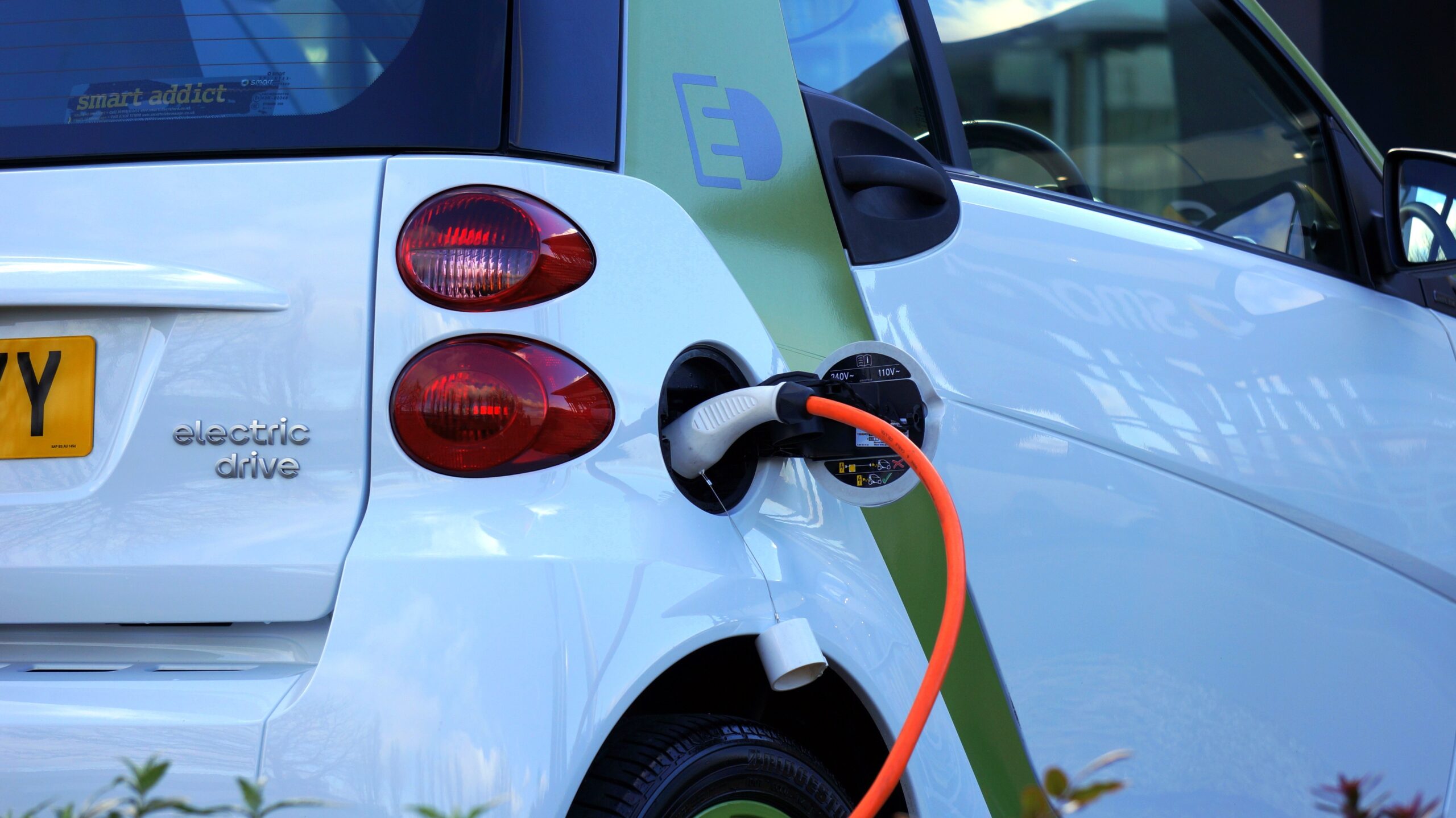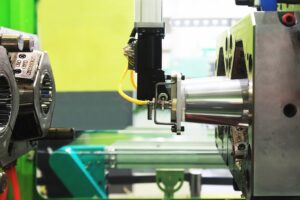Electrification involves the transition from fossil energy sources (oil, gas, and coal) to electricity, sourced from renewable energy such as wind, solar, hydro, and geothermal. This shift reshapes the way certain daily tasks are performed, like heating our homes or refueling our vehicles.
Consequently, electrification aims to achieve
clear objectives: decarbonizing the economy, mitigating pollution, and
enhancing the efficiency of the transportation industry. While this process
indeed offers numerous benefits, there are also economic sectors that could
experience effects. We
explore the advantages and disadvantages of this transition
How will electrification impact the economy?
The announcements made by the Spanish government regarding the prohibition of combustion engine car sales starting from the year 2040 have sparked significant concern across various sectors of both industry and society. In fact, the existence of a working document being considered by the European Commission, outlining the decarbonization of the economy and consequently the transportation sector by the year 2050, underscores the imminent nature of the end of combustion vehicle sales.
Impact on employment
Another concern related to electrification is how employment opportunities might be affected. Indeed, the structure of an electric car is less intricate than that of a combustion engine car. It contains around 40% fewer components, leading to a reduced need for labor in its manufacturing (working hours decrease by 25%).
Likewise, gas stations are poised to undergo significant changes. The shift will move from a refueling model to predominantly home-based charging, rendering gas stations as facilities primarily used for long-distance travel refueling stops.
Key aspects for electrification
However, for electrification to become a reality, there are several crucial points that we will now analyze. These include:
Raw material disposition
One of the key points is secure access to the raw materials necessary for component development and battery manufacturing. In this context, China stands as the primary supplier of these materials, followed by Brazil, the United States, Russia, and finally South Africa.
For this to be feasible, the EU must support the flow of these materials and prevent disruptions in the supply chain. Similarly, it should endorse the development of technological measures aimed at minimizing dependency on these sources.
Battery manufacturing
Electrification isn’t feasible without batteries, which serve as the cornerstone in electric vehicles. The battery market is dominated by Asian countries, notably China, contributing to 80% of its production, compared to a mere 3% in European countries.
Currently, the European industry aims to lead in the next-generation battery technology, supported by the European Commission and national strategies. This signifies a significant advancement, particularly in logistics, primarily due to the substantial weight of batteries, which poses challenges in their transportation to vehicle assembly factories.
Workforce training
Lastly, and by no means less important, human capital plays a crucial role in the development of the automotive industry. This is why it’s essential to adjust vocational and university education to cultivate skilled individuals capable of tackling the emerging challenges within the industry.
R+D+i
The automotive industry invests over 4% of its revenue in research, development, and innovation. This commitment must be sustained and even increased to stay competitive in the coming years within a new landscape. This approach will enable the attainment of novel technological solutions in electrification, connectivity, and automotive advancements.
In line with this, at Walter Pack, we manufacture products for the automotive sector utilizing the latest technological advancements, a result of our R&D efforts. This empowers us to provide our customers with top-tier components that set trends in the industry.




